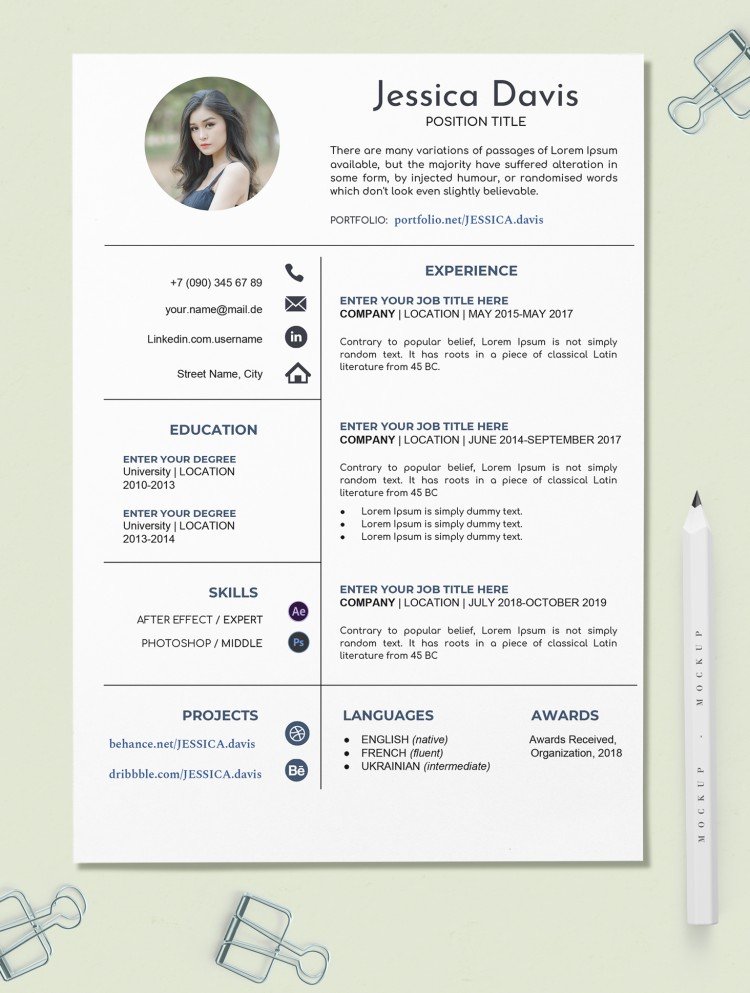

While both options have merit, the second option works best with the eBook format. Instead, it creates clickable hyperlinks that allow the reader to jump to the section they’re searching for. Option one features a table of contents that is plain text and lists your chapters with corresponding page numbers. Stay on that Insert menu to add a table of contents to your Google Doc.įrom the Insert tab, select Table of Contents. Choose the one you want, and your pages will number themselves. This gives you various placement options for your page numbers. To add page numbers to your Google Doc, click on Insert. Whatever adjustments you make, ensure the margins are balanced to stop your text from looking off-balance or lopsided. This also allows you to customize the alignment of your page text. You can adjust these in the Page Setup menu. Your Google Doc’s default margins are 2.54cm.

Hit Control+Shift+E on a Windows computer.Use the Centre Align in the alignment menu.This gives you a dropdown list of various font formats. Then find the Styles section on the menu tab. The important thing is that you come away with a cover page.Ĭover page complete. You can muck about with the design until you have a cover you’re happy with. To add a cover page to your eBook, find the Insert menu.ĭrawing will give you another dropdown menu. Not only that, it’s got to look fantastic.īut first things first. That makes having a title page crucial to the success of your eBook. We’re told not to, but everyone uses the cover to judge whether they want to invest in a book. We’ll talk you through everything from the cover design to exportation, ensuring the process is as uncomplicated as possible. In other words, Google Docs allows you to make your eBook as complex as you need it to be.


 0 kommentar(er)
0 kommentar(er)
